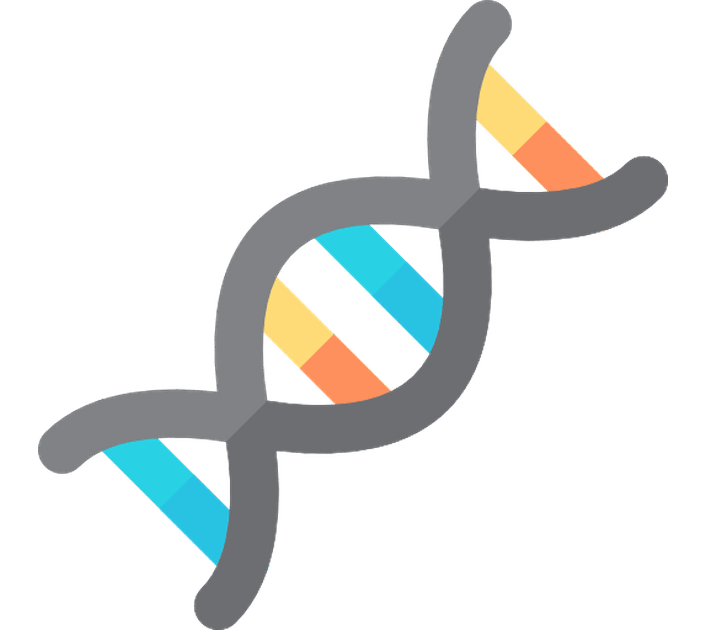What are the advantages of DNA as a data storage medium?
We’re made of it, so we’re always going to have an interest in it and sequencing (reading) it.
Some estimate that one gram of DNA could hold 215 Peta Bytes (PB), so it has the potential to be an extremely dense medium.
How is DNA different from other media?
Over 3,000 thousand years ago, markings like text were etched into stone. Today we’re etching pits into a reflective layer in in DVD and Blu-Ray discs. With molecular data storage, and in particular DNA, we’re trying something new. Instead of etching into a blank canvas, We’re growing a molecule according to the data. There is no canvas.
Is DNA a green medium?
It has the potential to consume less energy, produce less electronic waste and require less land mass. But the chemicals used in DNA synthesis are not friendly to the environment. There is, however, a more environment-friendly type of DNA synthesis called Enzymatic Synthesis, which is more similar to how DNA is assembled in organisms.
How is data translated to DNA ?
There are a few options. The simplest (and most dense) is to translate bit pairs to individual bases.
Another way is to use DNA to form 3d structures corresponding to bit maps.
Why is storing data on DNA already happening?
It is. But it is still expensive, and one of the things we are working on is making synthesis of data carrying DNA cheaper.
How durable is DNA as a data storage medium?
Svante Pääbo won the Nobel Prize in medicine, for sequencing the DNA of a Neanderthal. The specimen was found in a Siberian cave. Some studies place the half-life for DNA is over 500 years. But one of the things we are trying to determine at the molecular data storage group is “How many centuries could my pictures be safely stored on DNA”.
